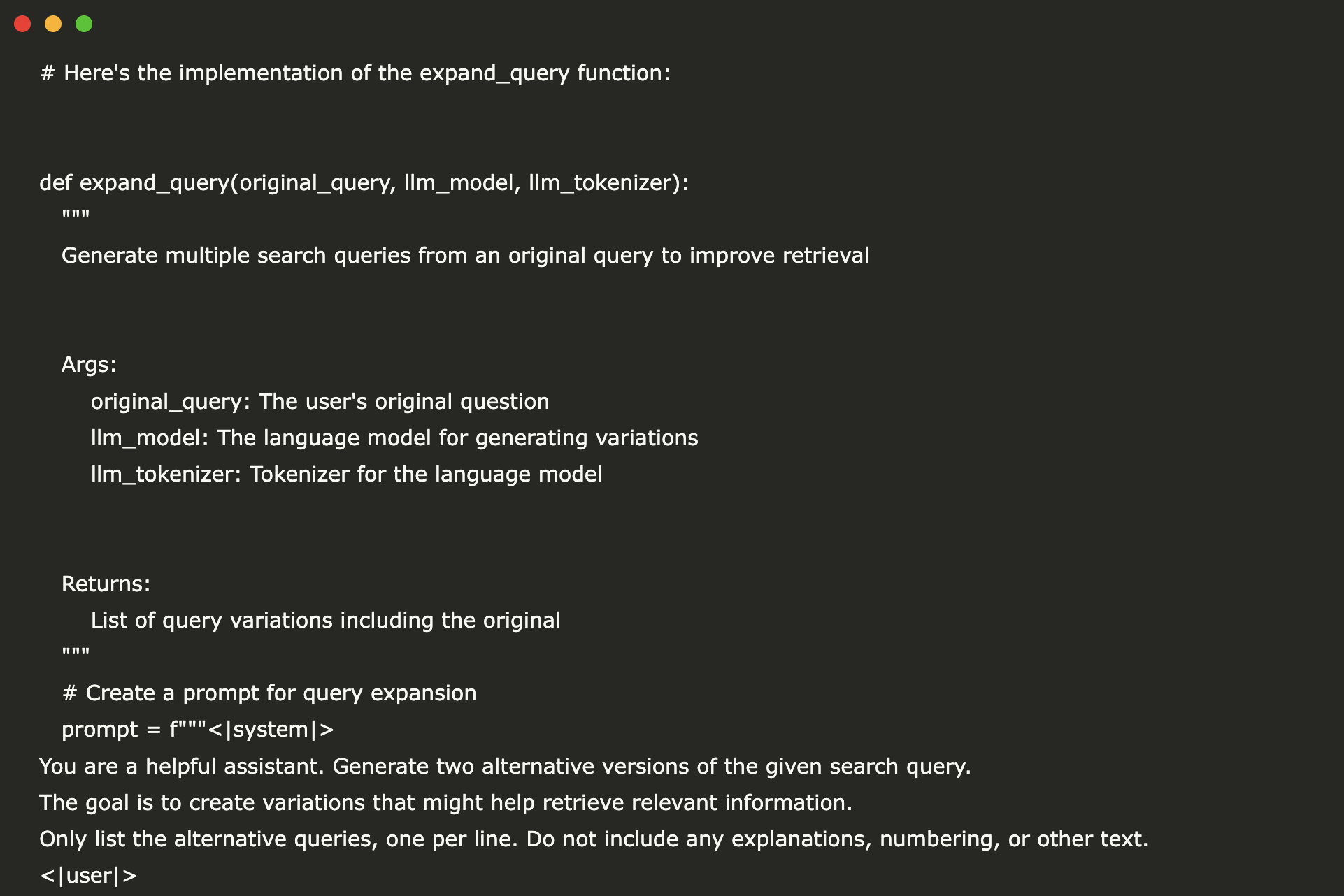
Introduction to Retrieval-Augmented Generation (RAG)
Retrieval-Augmented Generation (RAG) is a robust methodology that enhances the capabilities of large language models (LLMs) by merging their creative generation skills with retrieval systems’ factual accuracy. This integration addresses a common issue in LLMs: hallucination, or the generation of false information.
Business Applications
Implementing RAG can significantly improve the accuracy of responses in various business contexts, such as:
- Domain-specific assistants
- Customer support systems
- Any application where reliable information from documents is crucial
Step-by-Step Guide to Building a RAG System
Step 1: Setting Up the Environment
Begin by installing necessary libraries, preferably using Google Colab for ease of setup. Install the following packages:
- transformers
- sentence-transformers
- faiss-cpu
- accelerate
- einops
- langchain
- pypdf
Step 2: Creating a Knowledge Base
For demonstration, create a knowledge base focused on AI concepts. In practical scenarios, this could involve importing data from PDFs, web pages, or databases. Sample topics could include:
- Vector databases
- Embeddings
- RAG systems
Step 3: Loading and Processing Documents
Load the documents into your system and process them into manageable chunks for retrieval purposes.
Step 4: Creating Embeddings
Convert document chunks into vector embeddings using a reliable embedding model. This converts textual data into formats that are machine-readable and conducive for retrieval.
Step 5: Building the FAISS Index
Utilize FAISS to create an index for your embeddings, improving the efficiency of your retrieval process.
Step 6: Loading a Language Model
Select a lightweight open-source language model from Hugging Face that is optimized for CPU use, ensuring accessibility regardless of computing resources.
Step 7: Creating the RAG Pipeline
Develop a function that integrates the retrieval and generation processes, allowing your system to respond to queries effectively by referencing the appropriate documents.
Step 8: Testing the RAG System
Conduct tests using predetermined questions to assess the response quality of your RAG system. Evaluate the relevance and accuracy of the retrieved information.
Step 9: Evaluating and Improving the RAG System
Implement an evaluation function to gauge response quality based on various metrics, including response length and source relevance.
Step 10: Advanced RAG Techniques – Query Expansion
Enhance your retrieval capabilities by implementing query expansion techniques to generate alternative search queries, thus improving the chances of retrieving relevant documents.
Step 11: Continuous Improvement
Regularly assess and refine your RAG system through the implementation of advanced features such as query reranking, metadata filtering, and model fine-tuning for specific domains.
Conclusion
In summary, this tutorial outlines the essential components of building a RAG system using FAISS and an open-source LLM, detailing methods for document processing, embedding generation, and performance evaluation.
Next Steps
Consider exploring additional enhancements to your RAG system, such as:
- Creating a user-friendly web interface
- Scaling with advanced FAISS indexing methods
- Fine-tuning the language model on specific data
Contact Us
If you require assistance with managing AI for your business, please reach out at hello@itinai.ru. You can also connect with us on various platforms:
“`



























